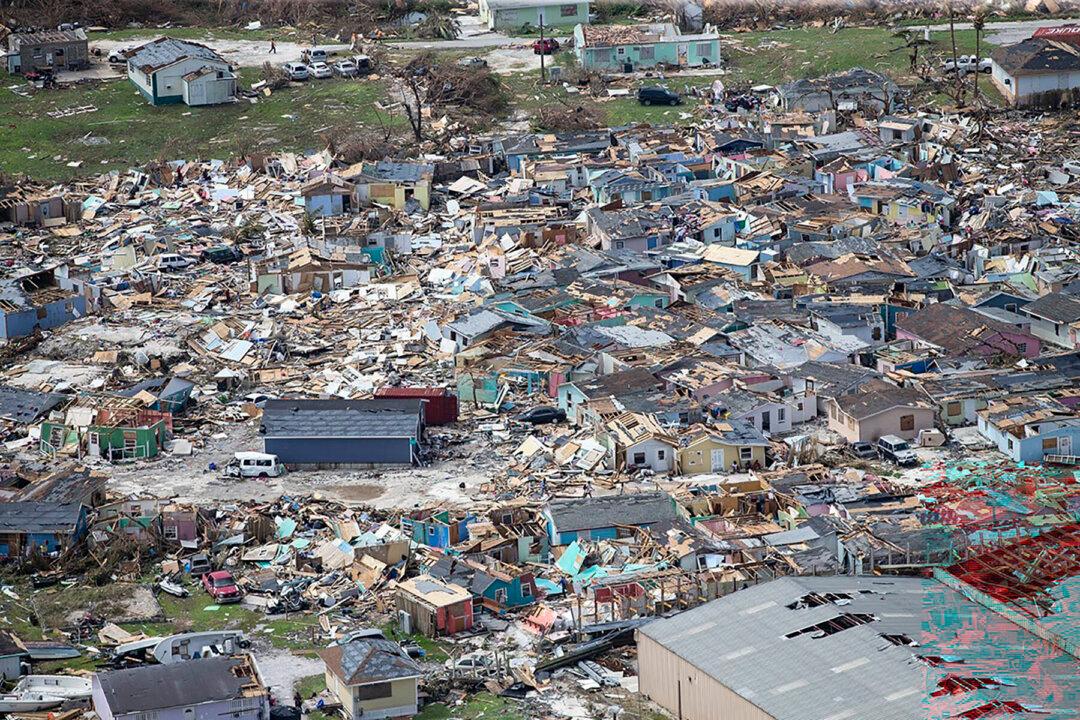A woman from South Florida recalled the moment she discovered at least five of her family members in the Bahamas were killed by Hurricane Dorian, as the death toll rose to at least 44 this week.
In an interview with ABC 10, Miramar restaurant owner Julie Edwards said she received the devastating news through a WhatsApp message from her cousin in the region.





